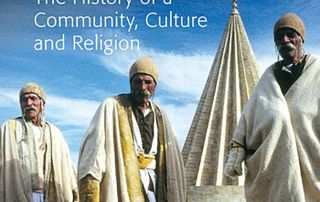Project Reports
Glass conservation in Egypt
In 2010 the Barakat Trust endowed a grant to Abdelrazek Mabrouk Elnaggar to support his travels to an important conservation conference in Istanbul, Turkey (IIC Congress,2010) where he presented his work on conserving Egyptian glass using laser cleaning. Abdelrazek is a pioneer in using this revolutionary new method in [...]












